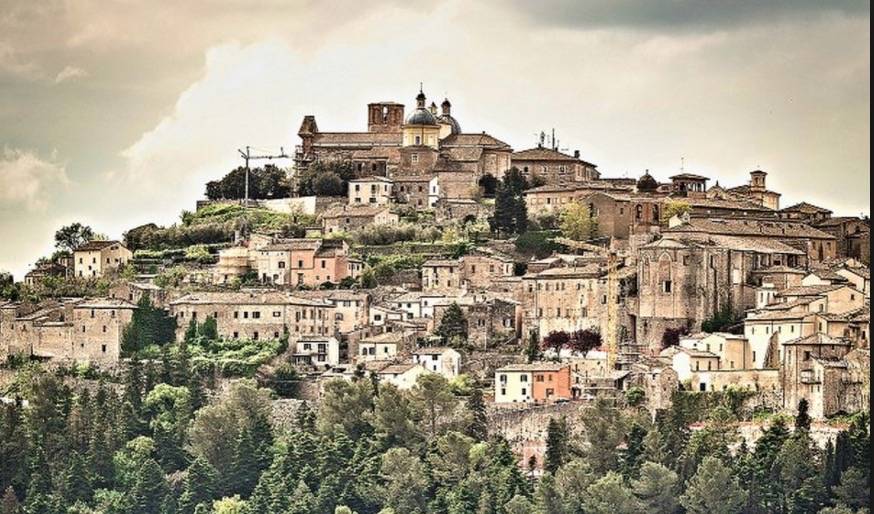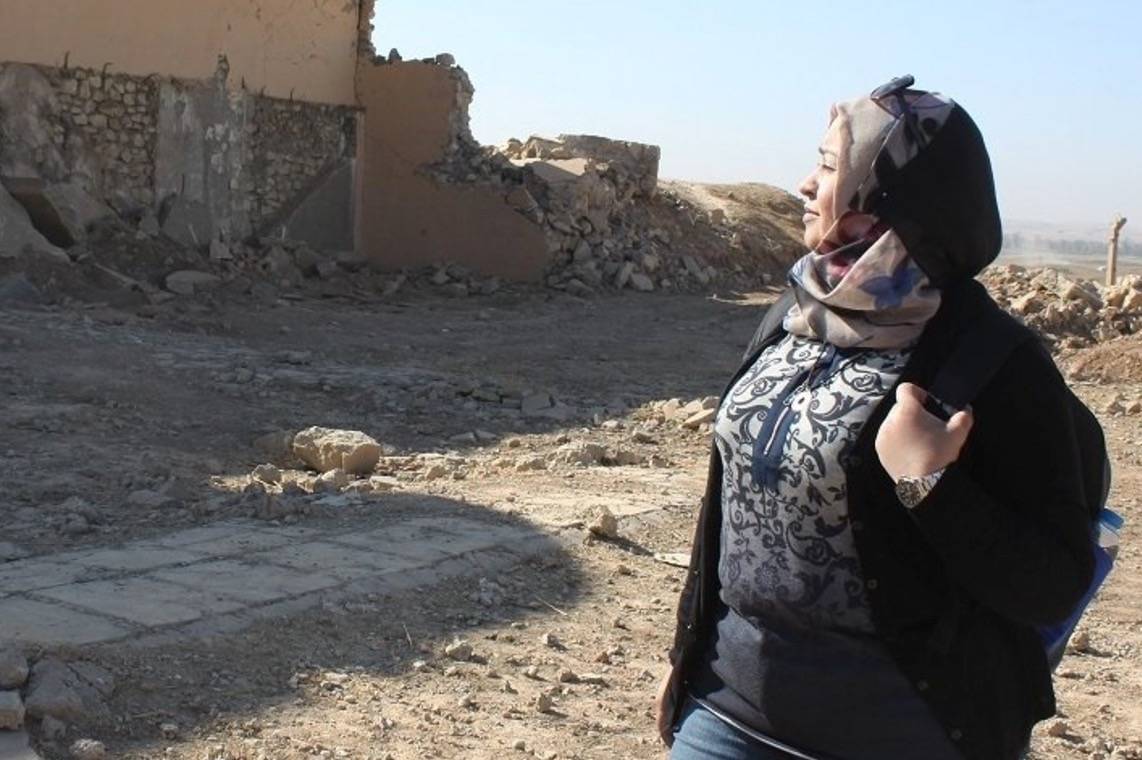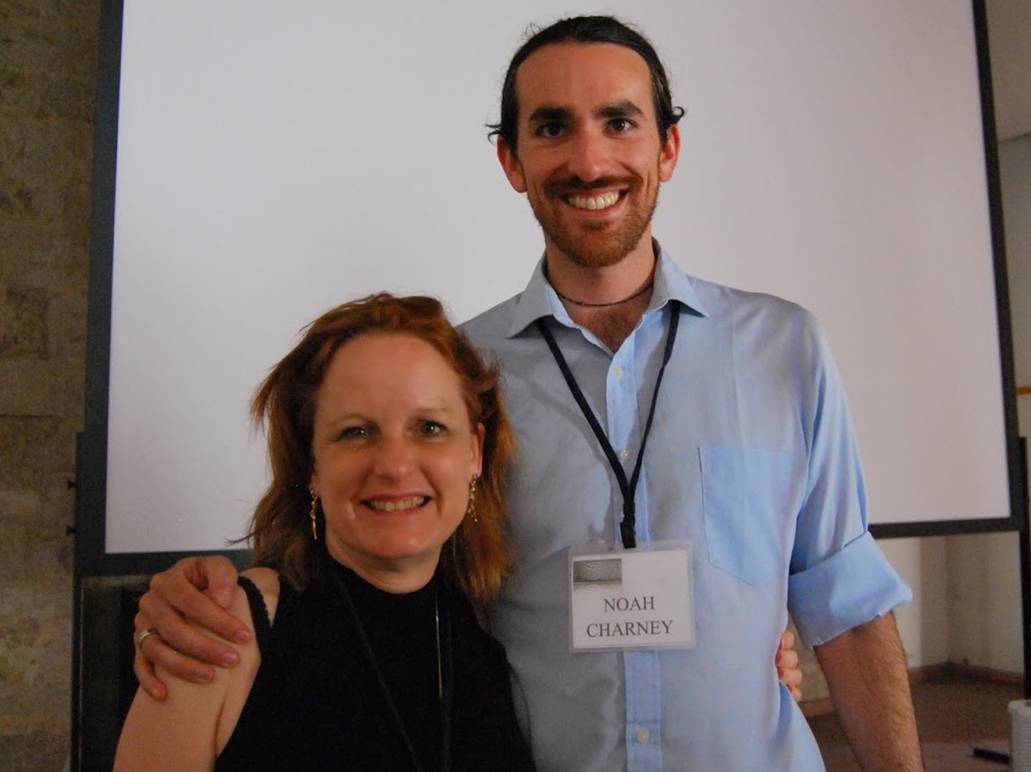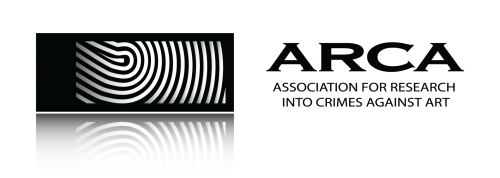World Art Crime Experts Convene in Amelia
At historic Amelia in Umbria, the Association for Research into Crimes against Art (ARCA) held its 8th annual international meeting June 23-25, with particular attention this year on the protection of the archeological and art heritage in the war-torn Middle East.
The historic town of Amelia is as beautiful as the works ARCA seeks to protect worldwide. Believed to have been founded around 1200 BCE, Amelia is today home to over 11,000. Its streets are lined with gracious 15th and 16th century palazzi, many now b&b's. Flowers burst from window sills, and swallows flit over picturesque streets. Those streets are so narrow that driving through them is a challenge, and so most visitors park outside the imposing ramparts that encircle the city; fortuately a free bus circulates every 20 minutes.
The subjects dealt with at the ARCA conference are comparatively grim, but important. According to Swiss research, one of every six paintings, sculptures and objects of antiquity sold today are forgeries. Nevertheless, the resources invested to combat art fraud remain fairly limited. A famous painting looted by a thief sneaking into a museum window at night may be hidden away for over a decade before it surfaces in one of the many countries, unlike Italy, which devote scant funding to cultural preservation.
Often that stolen famous work cannot even be sold, and this makes the thieves clever people but poor businessmen, in the words of Forbes magazine. Although new scientific tests can show whether or not a pigment is one the artist actually used, or existed in his time, or whether the canvas is hand- or machine-woven, many galleries do not bother with checking this. A case in point is the ongoing exhibition of works by Amedeo Modigliani in Genoa, some of which appear sufficiently suspect that a formal investigation into a number of possible forgeries has been opened. (Genoa curators respond that all the works have been shown in reputable museums and galleries.)
This year's conference, held in Amelia's Boccarini college adjacent to the town's archaeological museum, was chaired by the CEO of ARCA Lynda Albertson. Speakers in the session on conflict zones included archaeologist Layla Salih, who heads the heritage department at Nineveh and is a member of the Iraqi State Board of Antiquities and Heritage. Dr. Salih's topic was the cultural heritage of Mosul, through which ISIS rampaged in 2013 and destroyed the ancient palace there. She had first visited Nimrud as a schoolgirl, and earned a PhD in archaeology from the University of Mosul.
Dr. Maamoun Abdulkarim, Director-general of Antiquities and Museums in Syria, spoke on "Preserving Culture in Times of Crisis: Combatting the Illicit Trafficking of the Rich and Unique Cultural Heritage of Syria." Also speaking of Syria was Samer Abdel Ghafour, doctoral candidate and founder of the archaeology information network ArchaeologyIN. His subject: "What One Looted Object Tells Us about Syria's Looted and Laundered Heritage." These topics, listed, may sound dry as dust but after the speakers from war-ravaged Mosul and Syria spoke, a few were in tears.
Other issues under discussion were trafficking in Bosnia & Herzegovina; prosecution of antiquities crimes in the U.S.; emergency evacuations of heritage collections; art and money laundering; but also how to protect the cultural heritage of Venice from the ravages of excessive tourism and high water.
The conference takes place within the orbit of ARCA's annual 10-week post-graduate course on the theoretical, legal and practical elements related to art and heritage crime. Now in its 9th year, the ARCA's intensive course has been attended by students and specialists from 14 countries. Whereas universities worldwide offer individual classes on art crime and related subjects -- forgeries, cultural property protection -- ARCA's is literally unique as the first to provide an interdisciplinary approach.
The students and specialists attending the post-graduate certificate program come from universities throughout Europe and the U.S., as well as from Australia and New Zealand. They study the prevalence of art crime, such as museum heists and gallery sales of forgeries, but also art and heritage law and how these interact, or fail to do so, on the international level. They also study art crime during wartime and theories of criminology as they apply to the study of art crime.
American art historian and novelist Dr. Noah Charney, who is adjunct professor of art history at American University of Rome, was the founder of ARCA. Born in Connecticut, he graduated from Colby College, Maine, studied in England at the Courtald Institute and has taught at Yale University and in the summer program at Cambridge University. His course this year at Amelia was on "Minds, Motives and Methods of Master Forgers and Thieves."
Among the other instructors is the noted Dr. Christos Tsirogiannis, forensic archeologist at the University of Cambridge in England. Dick Ellis, director of the Art Management Group and formerly with New Scotland Yard, teaches a course in "The High Stakes World of Art Policing, Protection and Investigation." Marc Masurovsky, co-founder of the Holocaust Art Restitution Project, teaches provenance research. Other instructors teach heritage law, analysis of art crime, risks within the international art market.
(To learn more, click here)
Participants range from youngsters interested in curating collections to mid-career lawyers and state officials, including two from the US Homeland Security.





































i-Italy
Facebook
Google+
This work may not be reproduced, in whole or in part, without prior written permission.
Questo lavoro non può essere riprodotto, in tutto o in parte, senza permesso scritto.